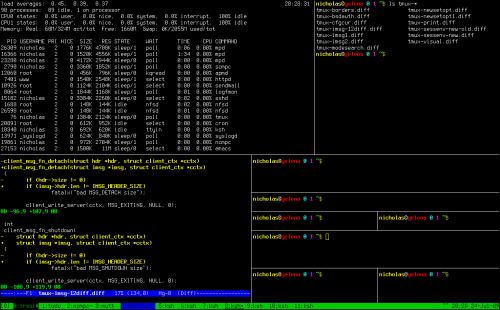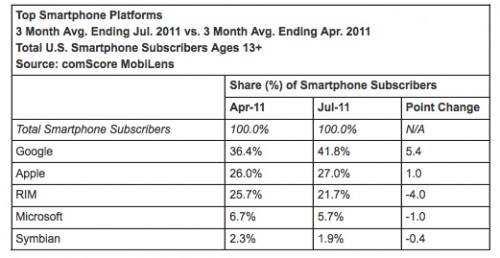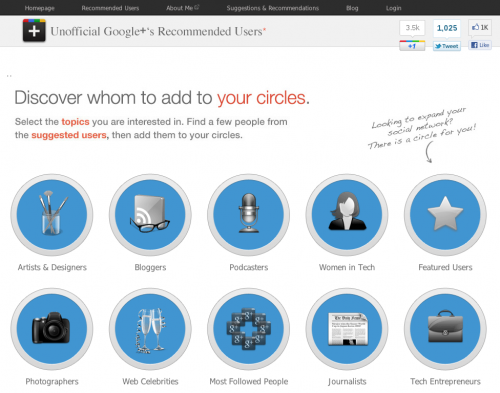I stumbled upon a very useful tool – tmux. It is a terminal multiplexer for Linux. If you are using Terminator or screen, you’d want to check it out. If you don’t use either of those, you definitely need to check it out.
With tmux, you can have a single shell in which you can create multiple sessions. You can split each session into a number of windows. You can detach from tmux and all your sessions and windows will remain open and running, much like with screen. Later you can attach back to them again or you can start a totally new instance. The interface is keyboard driven. It is simple and intuitive, but as with any other tool, you’ll need a bit of time to get used to it.
If you are a Fedora Linux user, all you have to do to try it out is: ‘yum install tmux‘. If you can read Russian, here is a quick introduction to most useful shortcuts. Check the official website for the rest of the documentation.



